The Xhosa People are the cultural group of South Africa who were early inhabitants of the Eastern Cape area.
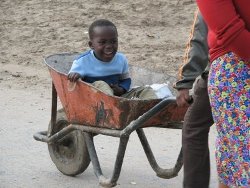
- History
- Appearance
- Homes
- Foods
- Crafts
- Religion, beliefs and folklore
- Xhosa wars
- Language
- Xhosa phrases
- National Anthem
- Famous Xhosa people
- Map of the Eastern Cape
-
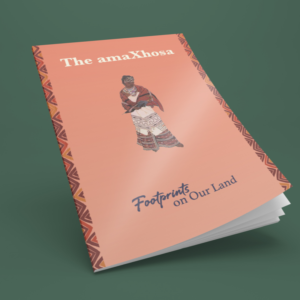 The Xhosa (Download)R100.00
The Xhosa (Download)R100.00
Use this printable file folder project pack to enhance your children’s learning about the Xhosa people in South African History.
Realizing that a traditional theme project can be overwhelming for young children, even with adult help, we created this file folder project to supply you and your students with reference information, instructions as well as the printable templates to make a series of mini-booklets on each sub-topic.
A mini-book project enables children to work with small bits of information that can then be arranged onto a file folder to create a complete project.
This file folder project pack (or lapbook) is aimed at children aged 7-11 and can be adapted for multiple age levels, commonly found in the homeschooling situation. It could be used in a homeschool co-op group of a traditional school classroom situation too.
Ten Benefits of Using a File Folder
1. A file folder project will enable your children to work on and review key information about the topic being studied.
2. It will develop auditory and comprehension skills as well as the ability to search, sift and find answers in a written text.
3. The hands-on activities are fun and develop fine motor skills.
4. Children love to learn by doing!
5. The creative possibilities are endless. Children can be creative and add their unique touch to their projects.
6. File folder projects are ideal for multi-level learning.
7. Project packs can be incorporated into unit studies, supplement topics of study or stand alone.
8. A project gives the children a reason for writing and drawing.
9. File folder projects are compact and easy to store.
10. A file folder project can become part of a child’s portfolio of work and are a great tool for reviewing completed work.
BUY NOW

Sample Snippet from The Xhosa People lapbook
At the time of white settlement of the Cape, Xhosa groups were living far inland, into the area between Bushman’s River and the Kei River. Since around 1770, they had been confronted with the Trek Boers who approached from the west. Both the Boers and the Xhosa were stock-farmers. The competition for grazing land led first to quarrels between the two groups, and eventually the conflict resulted in a number of wars.
The politics of the colonial government attempted to enforce the separation of white and black settlement areas with the Fish River as the border. But the more the colony developed into a modern state with a strong military organization, the more the whites tended towards a policy of land annexing and the subjugation of the black population. In the middle of the 19th century, all the land formerly inhabited by the Xhosa people was in the hands of white settlers.
With the founding of the South African Union in 1910, the British colony and the independent Boer Republics were united. A modern “democratic” state was formed. In which only the white population could execute the right to vote.
The black people were subjected to a policy of concealed expatriation. Through the Native-Land Law of 1913, first 7.5 per cent, and later 13 per cent of the land in South Africa was declared reservations for blacks. No white person was allowed to purchase land there and, vice versa, no black was allowed to buy land in the remaining 87 per cent of the territory of the Union. So the foundation of the disastrous policy of Apartheid was laid.
In the sixties, the black settlement areas were declared autonomous Homelands. For the Xhosa people these were the Homelands of Ciskei and Transkei. Only after the first really free elections in South Africa in 1994 was the Homeland policy abolished, after which the areas were integrated into the new provinces.
Woman in traditional Xhosa dress drape a blanket around their shoulders and wear a long skirt decorated with braids. They cover their head with a loosely wound turban. Beadwork is an integral part of their lifestyles and is worn for special occasions. Married woman have a distinctive headdress and hair that is twisted into tight ringlets and smeared with animal fat and red ochre.Unmarried woman generally wear a beaded skirt as versus the goatskin skirt worn by married woman.
Traditionally men will wear skins, feathers and blankets. They will also use the hair from Angora goats on their arms and legs. Young men undergoing initiation smear themselves with white clay and cover themselves with a blanket and no other clothes.
In this century the Xhosa people in cities are westernized and their clothing does not differ from other western population groups.
Download a sample of our project files
Purchase The Xhosa People Lapbook
-
 The Xhosa (Download)R100.00
The Xhosa (Download)R100.00
More SA History Lapbooks
Buy more printable lapbook projects to enjoy as you learn about South Africa and the people and events that have played a significant role in the development of our country.
-
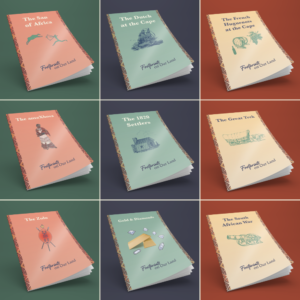 SA History Lapbook Bundle of 9 (Digital)R800.00
SA History Lapbook Bundle of 9 (Digital)R800.00 -
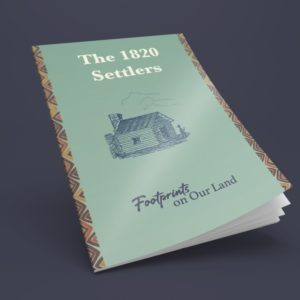 The 1820 Settlers (Download)R100.00
The 1820 Settlers (Download)R100.00 -
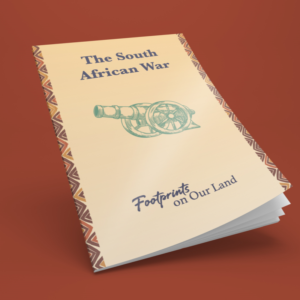 The South African War (Anglo Boer War)R100.00
The South African War (Anglo Boer War)R100.00 -
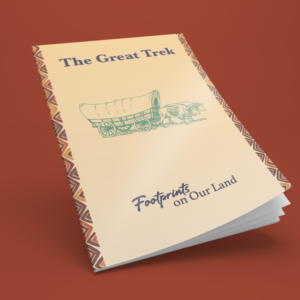 The Great Trek (Download)R100.00
The Great Trek (Download)R100.00 -
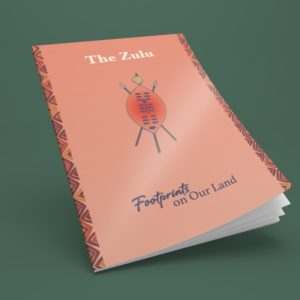 The Zulu (Download)R100.00
The Zulu (Download)R100.00 -
 The Xhosa (Download)R100.00
The Xhosa (Download)R100.00 -
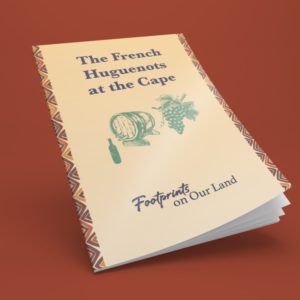 The French Huguenots at the Cape (Download)R100.00
The French Huguenots at the Cape (Download)R100.00 -
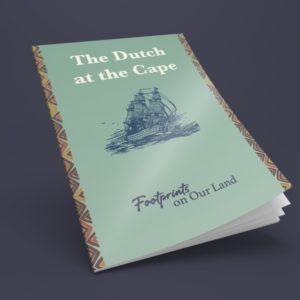 The Dutch at the Cape Lapbook (Download)R100.00
The Dutch at the Cape Lapbook (Download)R100.00 -
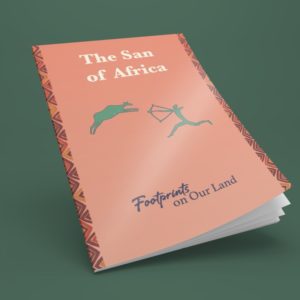 The San of Africa Lapbook (Download)R100.00
The San of Africa Lapbook (Download)R100.00 -
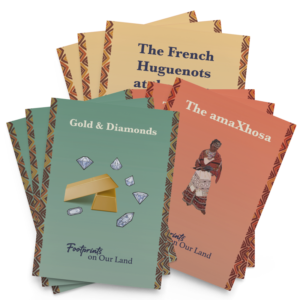 SA History Lapbooks Bundle of 9 on CDR800.00
SA History Lapbooks Bundle of 9 on CDR800.00
